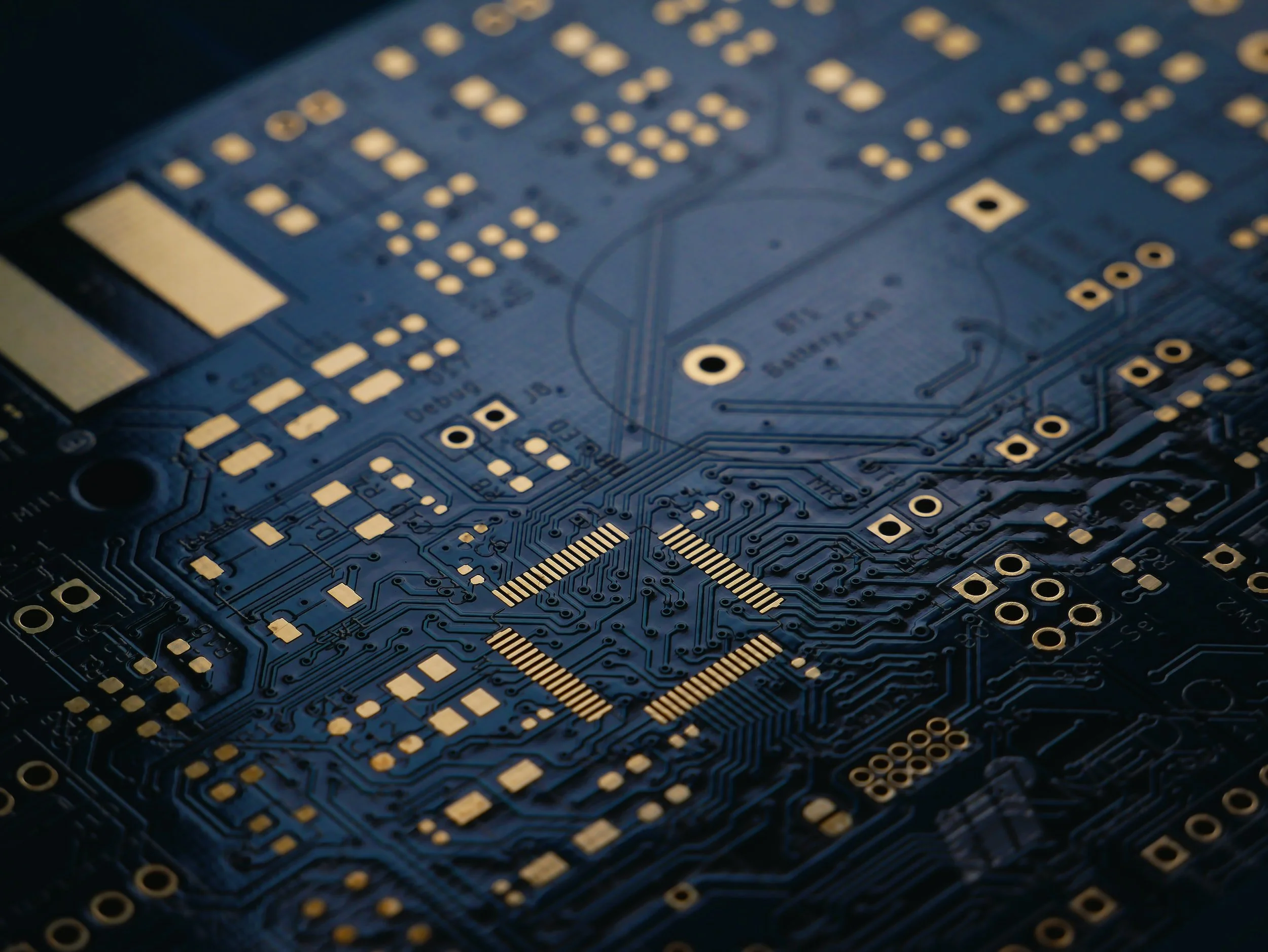Amateur Radio on the International Space Station Contacts two US Schools
/Astronauts on board the International Space Station (ISS) were busy the last week of January using amateur radio to make contact with two schools.
The Amateur Radio on the International Space Station (ARISS) program arranged contacts with Brentwood Magnet Elementary School in Raleigh, North Carolina, and Norwich Free Academy (NFA) located in Norwich, Connecticut.
On 26th January 2023, nearly 400 students at Brentwood Magnet Elementary School filled the gymnasium to listen to astronaut Koichi Wakata answer questions about his experience on the ISS. Wakata told students he loves being in space but is looking forward to taking a shower when he returns in March.
Read More





